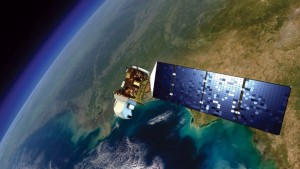Research
Our research philosophy is anchored in interdisciplinary physics, and in particular seeks in identifying the technical opportunities that exist in the astronomical sciences, and applying them to real world problems, particularly those problems that involve the analysis of large and complex image data. We’re currently working in a number of ‘real world’ areas, as well as maintaining existing interests in astromomy, as we detail below:
Astronomical Sciences

Answering fundamental questions in astronomy requires the use of totally new observational techniques using instruments specifically designed and developed to generate the data required to answer them. Astronomers in Galway have a long tradition the use of novel high speed imaging systems to study the transient Universe, ranging from use of the Galway Ultra Fast Imager (GUFI) at the Vatican Advanced Technology Telescope in Arizona, to the I-LOFAR radio telescope in Birr, Co. Offaly. Areas of astronomical interest include stellar/substellar/planetary magnetospheres & space weather, planetary electrostatic discharges, and stellar magnetic activity.
Earth Observation & Climate Science

Our planet is regularly observed by earth observation satellites, capturing high resolution (~10m) imagery in the optical/infrared and in the radio bands on a daily and some cases, hourly basis.
They offer the ultimate data-intensive imaging science challenge, namely how to manage, process and generate value from petabytes of freely available archived data. Working with experts in marine biology, hydrology/geophysics, and in agronomy, we have been working on projects as diverse as monitoring the vitality of kelp forests to mapping groundwater flow variations, to studying the impact of climate change on food production in the developing world.
Radiomics

Similar strategies, developed in astronomy and earth observation, are being brought to bear through the new field of radiomics to enable greater diagnostic and monitoring capabilities in a variety of disease phenotypes in oncology, cardiology, and in the response to infectious diseases. Here the focus is very much on the development of support tools for clinicians, with opportunities to explore the integration of patient specific data based on physiological markers or genotype information to add value in diagnostic/staging/prognostic capability.